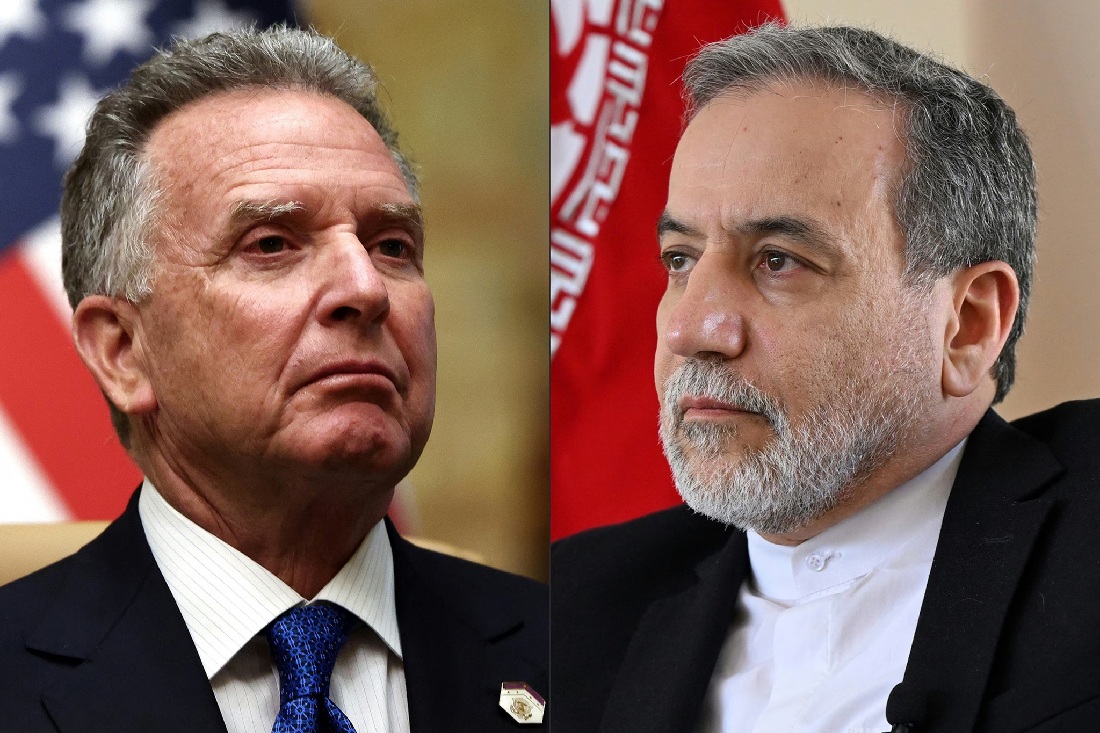The Iran US talks in Muscat have sparked media buzz—but what demands, and stakes are shaping these high-pressure negotiations?
The latest round of Iran-US negotiations in Muscat might have looked diplomatic on the surface, but behind closed doors, it was anything but calm. Heavy pressure, political games, and competing agendas turned these talks into a tense standoff.
The Hidden Drama Behind the Iran US Talks in Muscat
Iran has consistently maintained that its nuclear program is peaceful, with no intention of developing weapons. Yet, the US and Israel continue to push a frightening narrative of an “Iran armed with atomic bombs.” Even now, Washington is making unrealistic demands—like insisting Iran completely halt uranium enrichment, even for civilian energy needs.
But here’s the reality: Iran has every right to enrich uranium domestically. The country needs energy independence and can’t afford to rely on the US or Russia for nuclear fuel.
Then there’s Trump. His goal isn’t a stricter deal or a more balanced agreement—it’s a flashy “win” with his name on it. Meanwhile, Israel’s influence in the White House remains strong, with figures like “Mara Saren” pushing for even greater pressure on Iran.
So where does this leave us? The Iran US talks in Muscat have set the stage for two possible futures: real diplomacy leading to stability, or a dangerous return to conflict.
The future of the region hangs in the balance. Will diplomacy and de-escalation prevail, or will we see a return to destructive conflict?
The path to peace is harder—but it’s the only one that offers a real future for the Middle East.

